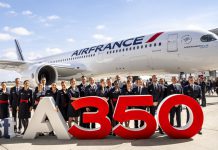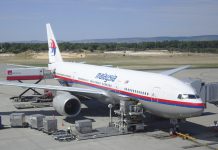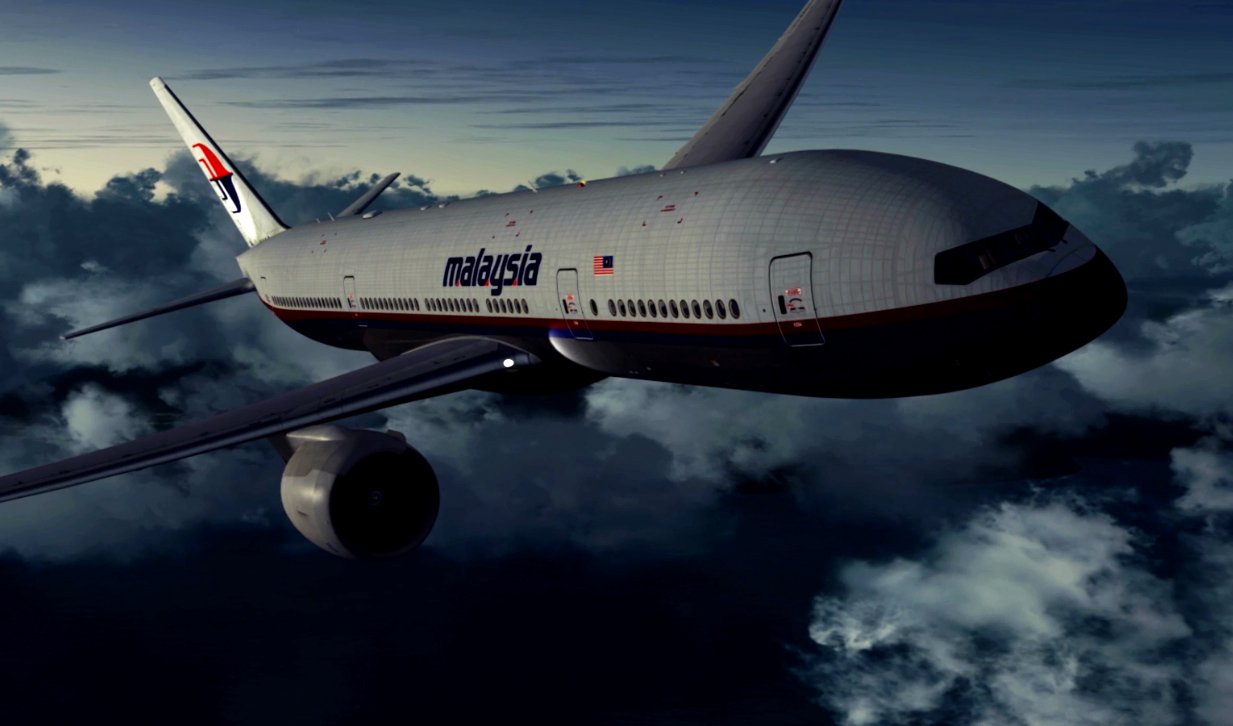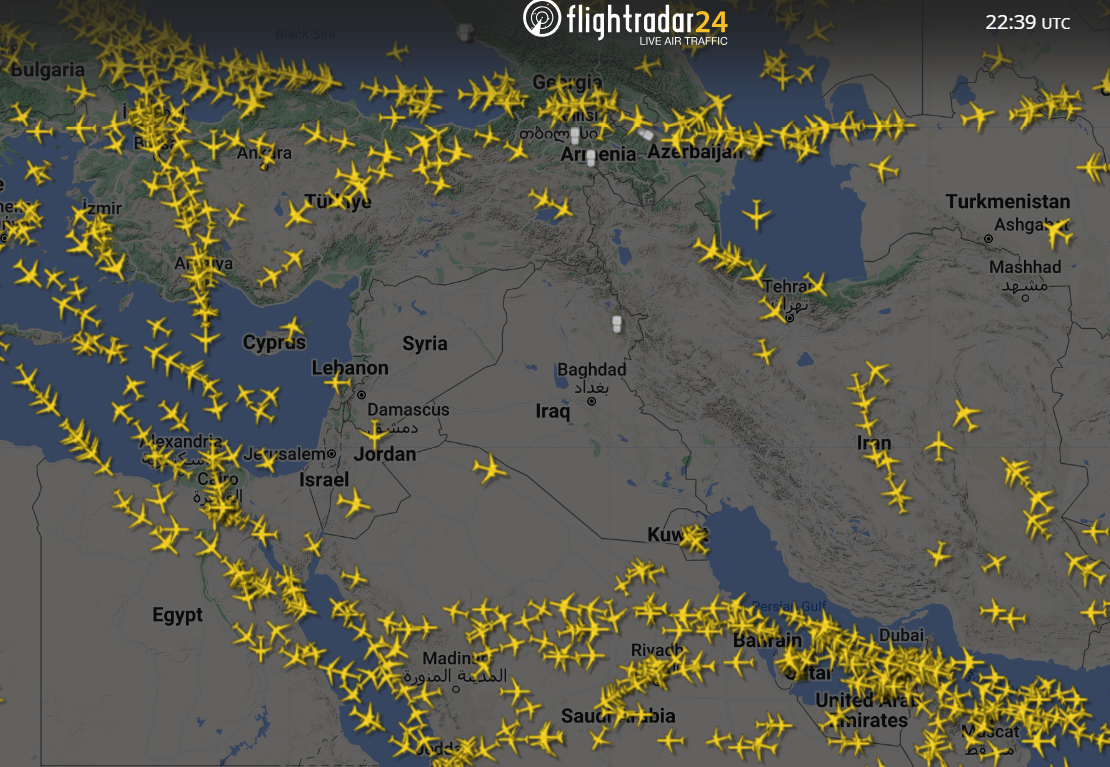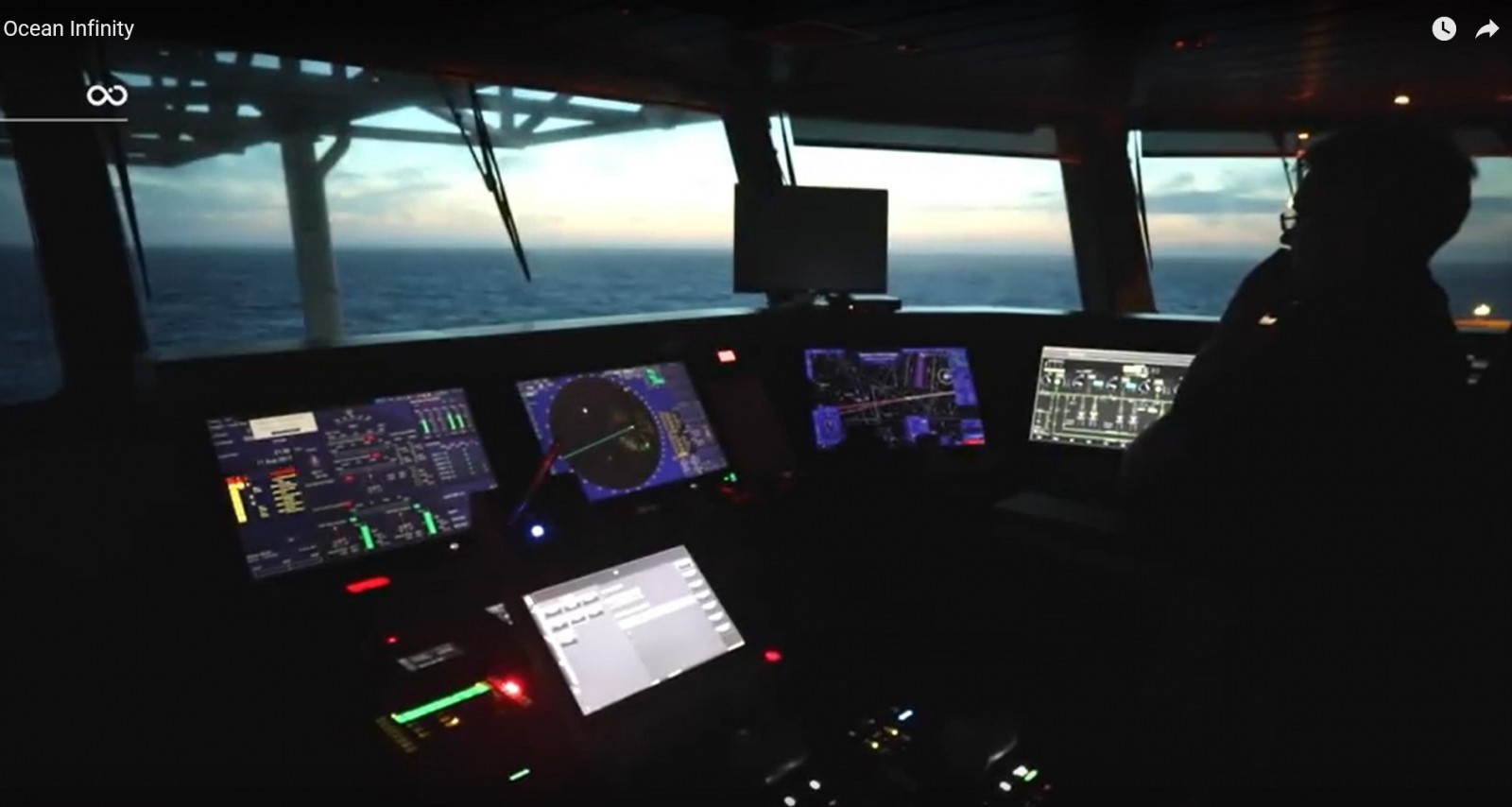The search for MH370 has moved into $US70 million territory as search vessel Seabed Constructor moves into extended search area known as Site 2 covering the Broken Ridge plateau.
Under the agreement brokered by Ocean Infinity and the Malaysian Government, the searchers receive a $US70 million fee if they find the wreckage outside a primary 25,000 square kilometre zone defined by the Australian Transport Safety Bureau, CSIRO and other experts.
Read London-based finance chief linked to MH370 search.
They would have received between $US20 million and $US50 million if it had been found in the primary search area but as of April 1 no significant contacts had been identified.
The latest update from the MH370 recovery Team said the high-tech ship was on April 1 still searching the seabed in Area 3 of the Site 1 primary area.
However, the map accompanying the update and satellite data posted by independent experts following the search indicate it has moved into the Site 2 extension.

It has been near a site identified by University of Western Australia Professor Charitha Pattiaratchi as the origin of particles used to direct debris hunter Blaine Gibson to find wreckage in the western Indian Ocean.
UWA’s oceanic drift modeling indicated the priority region to target would be in the area Seabed Constructor is expected to target in the next phase of the search – between 33°S and 28°S along the 7th arc.
There is also a potential “warm spot” around 30°S related to debris seen from a Royal New Zealand Air Force Orion on March 28, 2014.
An extended search to 29°S will involve the Seabed Constructor covering more than 40,000 sq. km before the search ends in June or July.
Ocean Infinity was given 90 days to complete the search but this did not include transit time to or from port so the ship could re-supply.
Despite expectations of bad weather generated by Cyclone Marcus when the Seabed Constructor arrived back on site on March 27, it was able to launch all its autonomous underwater vehicles.
The response team update said 37,000 sq. km of search area had been covered by April 1, including additional areas along the northern and southern legs of Area 1, Site 1.
Favorable weather and sea conditions were forecast for the week ahead, the update said.


